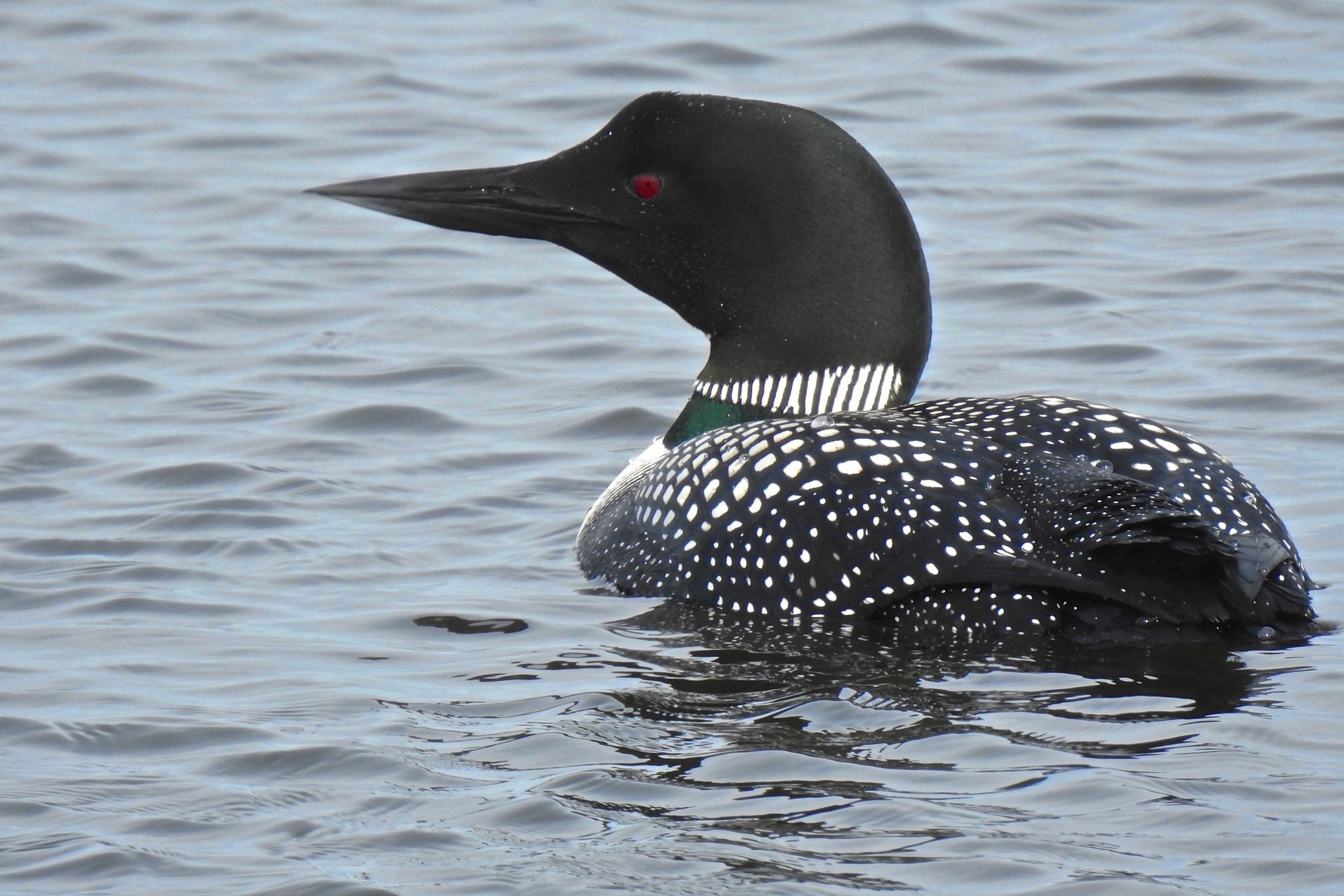A new EPA proposal would roll back some limits on emissions of mercury for coal-burning power plants. This could have a huge effect on public health, and different accounting estimates calculate the potential indirect benefit of saving thousands of lives due to the “co-benefit” of also decreasing particulate matter linked to lung and heart disease. In Wisconsin, coal-burning power plants have been granted exceptions for mercury emissions. Beyond public health, mercury for loons spells trouble.
As mercury increases, hatching rates decrease beyond a sustainable number. With high mercury concentrations in the food chain, adults become lethargic and might not reproduce at all. This decreases the likelihood of success for the common loon, which already faces difficult enough odds on its breeding grounds where approximately 50% of nests fail, due to predation, flooding, or other causes.
Another twist might occur as the climate continues to change. With flooding more likely, the amount of mercury in aquatic systems may also increase. Research from UW-Madison’s Center for Limnology has found an interesting correlation between annual water levels and the concentration of mercury in walleye. You can see that interesting blog post here. With flooding and high water levels, loons may be even more susceptible to mercury bioaccumulation.
While fragile, the outlook for loons in Wisconsin is rather positive. Since 1980, the population has nearly doubled and continues to increase. If you’re able to help, you can sign up for Northland College’s Loonwatch, which aids research in a number of areas.
Written by Drew Harry, Faville Grove Sanctuary land steward
Cover photo by Arlene Koziol
Sources
Stewart, S. I., Hammer, R.B., Radeloff, V.C., Dwyer, J.F., & Voss P.R. 2003. Mapping Housing Density across the North Central U.S., 1940-2000 [Slide show]. Available: http://www.ncrs.fs.fed.us/IntegratedPrograms/lc/pop/hd/title.htm
Meyer, Mike. "Twenty Four Years of Common Loon Research in Wisconsin." Microsoft PowerPoint file. Accessed here.




















